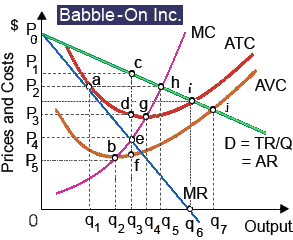Babble-On maintains world-wide patents for software which translates any of 314 spoken languages within text, with automatic audio and text translations in any of the other three-hundred-thirteen languages. Babble-On will never intentionally produce as well as sell voice-recognition translation software at an output level where is: (w) marginal revenue [MR] is positive. (x) demand is in a price-elastic region. (y) marginal revenue [MR] is falling. (z) demand is in a price-inelastic region.

How can I solve my Economics problem? Please suggest me the correct answer.